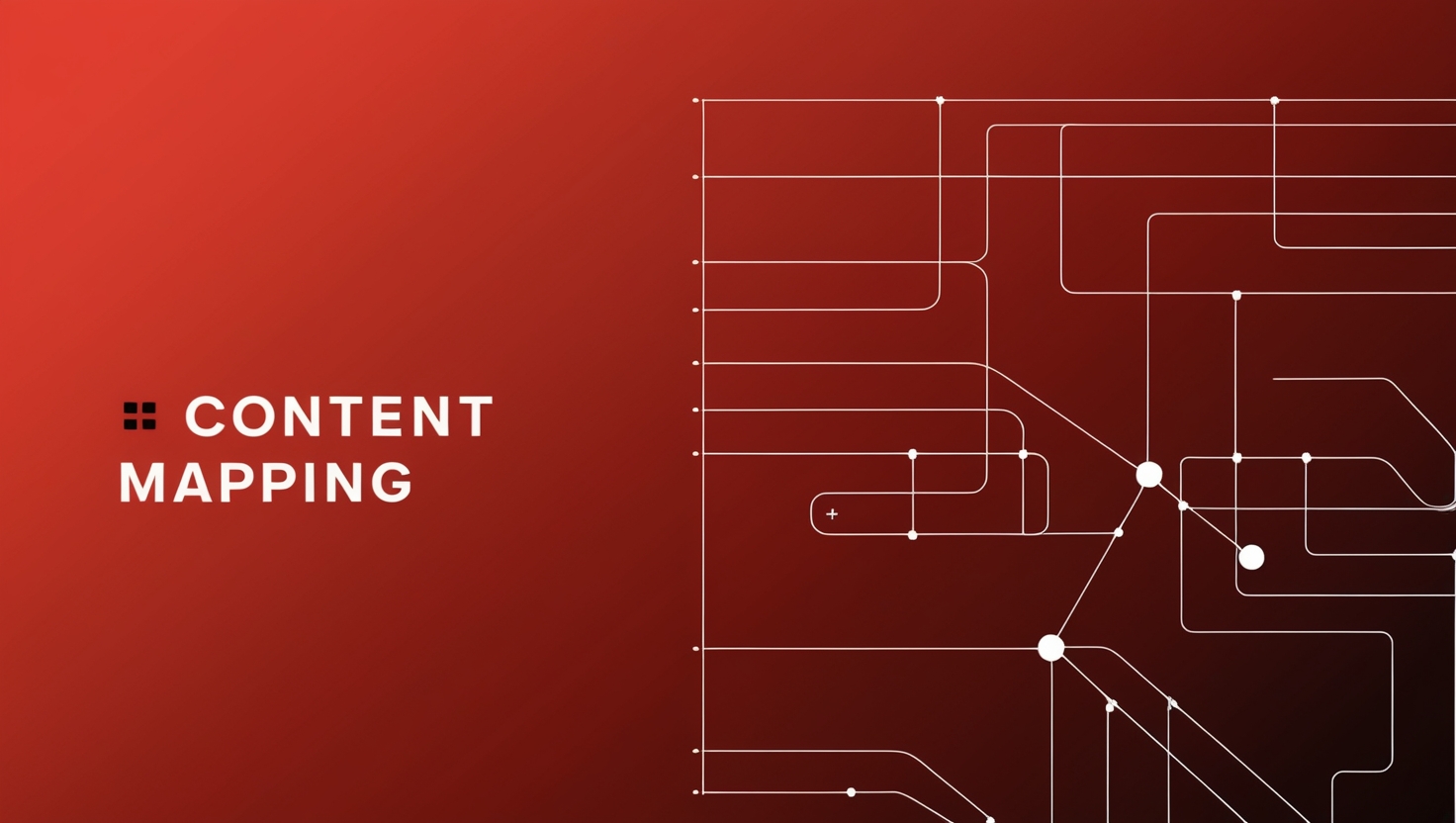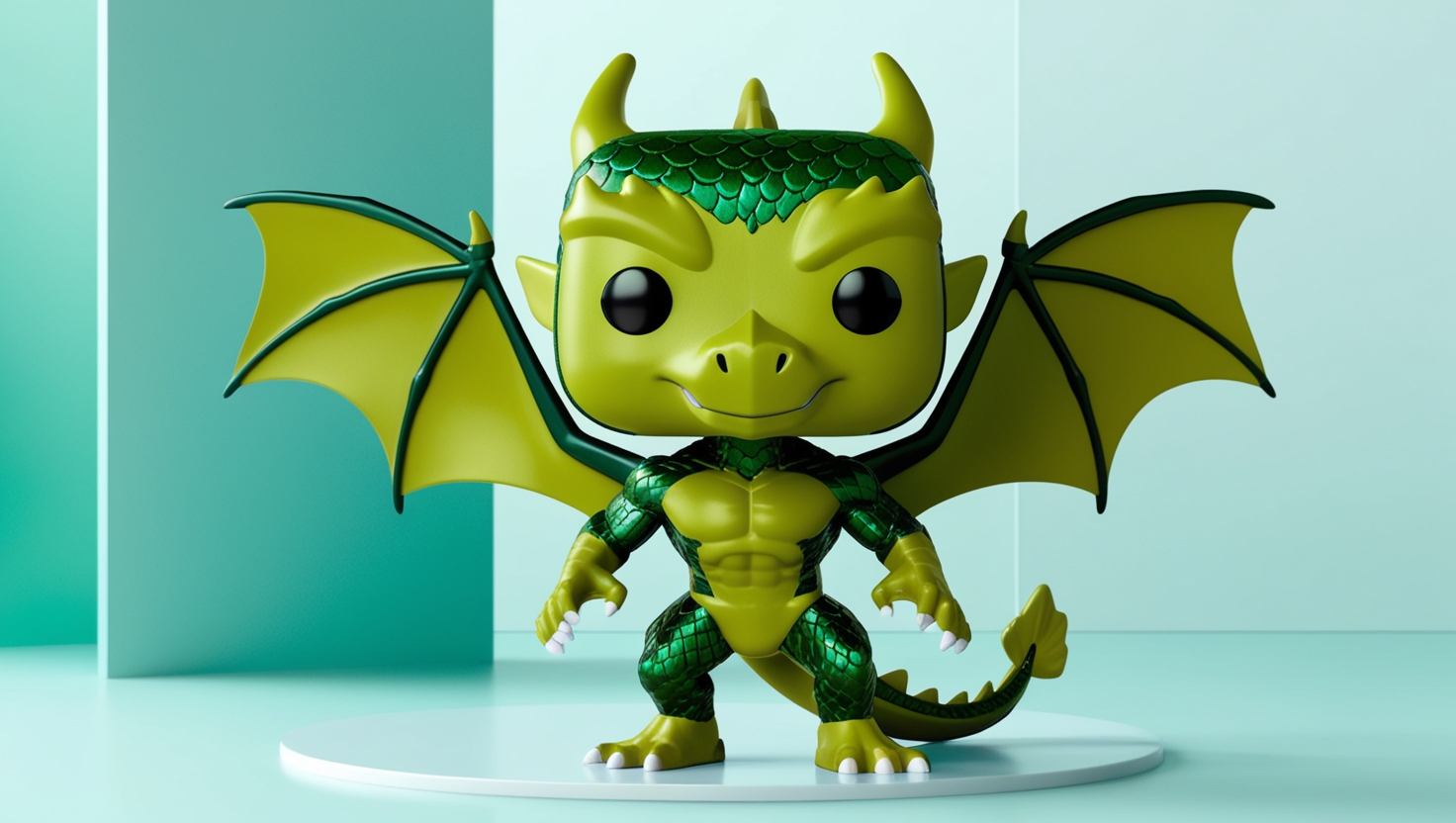Content mapping is an essential strategy for businesses and marketers looking to align their content with the needs and interests of their target audience. It’s a systematic approach that helps in organizing and planning content in a way that guides customers through their journey—from awareness to consideration and ultimately to decision-making. Imagine a treasure map that leads your audience to the information they seek; content mapping does just that, illuminating the path to engagement and conversion.
At its core, content mapping involves identifying the specific stages of the buyer’s journey and crafting content that resonates with each stage. This process not only ensures that the right content reaches the right audience at the right time but also creates a seamless experience that nurtures leads and fosters loyalty. By understanding the pain points, questions, and needs of your audience at each stage, you can create targeted content that speaks directly to them.
The Stages of Content Mapping
Awareness Stage: At this initial stage, potential customers are just beginning to identify their problems or needs. They may not even know your product exists. The content here should be informative and educational—think blog posts, infographics, and social media content that introduces your brand and addresses common pain points. The goal is to capture attention and provide valuable insights that establish your authority in the field.
Consideration Stage: Once your audience is aware of their problem and your solution, they will start comparing different options. At this stage, your content should dive deeper into the specifics of your offerings. Use case studies, product comparisons, webinars, and in-depth articles to showcase the unique benefits of your product or service. This is the time to highlight your value proposition and address any potential objections.
Decision Stage: Here, prospects are ready to make a choice. Your content should facilitate that decision-making process with persuasive and compelling material. This includes testimonials, detailed product descriptions, free trials, and discounts. The aim is to remove any remaining barriers to purchase and encourage them to take that final leap.
Why Content Mapping Matters
Content mapping goes beyond simply organizing content; it’s about strategically aligning it with the buyer’s journey. This alignment can significantly enhance the user experience, leading to higher engagement rates, increased conversions, and improved customer retention. By delivering the right content at the right time, businesses can build trust and credibility, fostering a relationship that extends beyond the initial sale.
Furthermore, content mapping allows for more efficient content creation. By knowing exactly what type of content is needed for each stage of the journey, teams can save time and resources while ensuring they meet their audience’s needs. This focused approach helps avoid redundancy and enhances the overall quality of content.
Conclusion
In a world overflowing with information, content mapping acts as a beacon, guiding potential customers toward meaningful and relevant content. By understanding and implementing this strategic approach, businesses can create a more engaged audience, leading to lasting relationships and sustained growth. So, whether you’re a seasoned marketer or just beginning to explore content strategies, embracing content mapping could be the key to unlocking your brand’s full potential in the digital landscape. With the right map in hand, the journey to success becomes clearer and more attainable.








